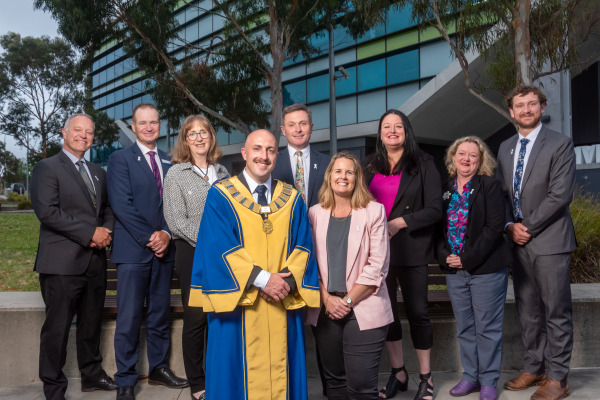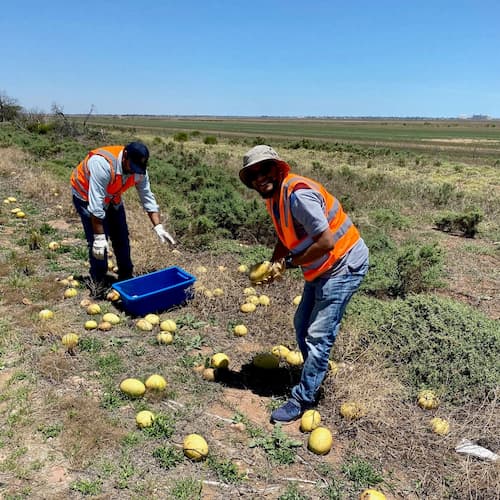“State budget season has delivered the same old stock standard approach with zero creativity or strategy, including in Queensland, South Australia, Victoria and Western Australia,” said RLC Executive Director Daniel Gannon.
“This lack of vision is frankly contemptuous to the 4.2 million retirees around Australia and the 710,000 people looking to retire in the next five years.
“Governments need to get creative and expand their vision for older Australians and their ageing needs,” he said.
Mr Gannon said the highlights reel from budget season is a short one.
- The WA State Government provided cost of living, energy, water and local government bill relief to pensioners.
- In SA, seniors health card holders had their cost-of-living concession doubled.
- Across the border in Victoria, the government allocated $31 million to support aged care facilities.
- While this week in Queensland pensioners received a rebate on electricity bills.
- The Australian Government is still yet to confirm whether retirement units are included in the Prime Minister’s 1.2 million new homes target.
“Cost of living relief for those on fixed income pensions is important, but that seems to be where the ideas start and stop,” said Mr Gannon.
“State governments tend to have a celebrated focus on first home buyers forgetting that if ‘rightsizing’ disincentives can be removed, hundreds of thousands of homes in the middle of the market could be freed up.
“If older Australians are incentivised to ‘rightsize’ into homes better suited to their ageing needs, it leads to better health outcomes for older people, reduced interaction with hospitals and aged care facilities, and more homes re-entering housing markets for younger people.
“But at the moment, it’s radio silence on age-friendly housing solutions,” he said.
The RLC is asking state governments to put in place minimum land allocations for retirement villages in greenfield and master-planned settings, including targets like those already in place for social and affordable housing.
Mr Gannon said that compared to people not living in a retirement village, residents are:
- 41 per cent happier,
- 15 per cent more physically active,
- five times more socially active,
- twice as likely to catch up with family and friends, and
- they experience reduced levels of loneliness and depression.







